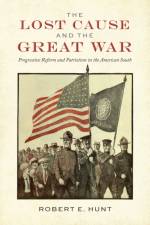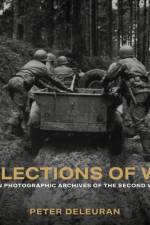av Elizabeth R. Hyman
171
A Holocaust historian, archivist, and history blogger adds a new dimension to the story of the Warsaw Ghetto uprising during World War II, shining a long overdue spotlight on five young, Polish Jewish women—champions who helped lead the resistance, sabotage the Nazis, and aid Jews in hiding across occupied Poland and Eastern Europe. The Warsaw Ghetto Uprising is one of the most storied events of the Holocaust, yet previous accounts of have almost entirely focused on its male participants. In The Girl Bandits of the Warsaw Ghetto, Holocaust historian Elizabeth Hyman introduces five young, courageous Polish Jewish women—known as “the girls” by the leadership of the resistance and “bandits” by their Nazi oppressors—who were central to the Jewish resistance as fighters, commanders, couriers, and smugglers. They include:Zivia Lubetkin, the most senior female member of the Jewish Fighting Organization Command Staff in Warsaw and a reluctant legend in her own time, who was immortalized by her code name, "Celina"Vladka Meed, who smuggled dynamite into and illegal literature out of the Warsaw Ghetto in preparation for the uprisingDr. Idina “Inka” Blady-Schweiger, a young medical student who became a reluctant angel of mercyTema Schneiderman, a tall, beautiful and fearless young woman who volunteered for smuggling and rescue missions across Nazi-occupied Eastern EuropeTossia Altman, a heroic courier with a poetic soul, who helped bring arms into the Warsaw Ghetto, fought in the Uprising, and ferried communiques to the outside worldInterspersed with the stories of other Jewish women who resisted, The Girl Bandits of the Warsaw Ghetto rescues these women from the shadows of time, bringing to light their resilience, bravery, and cunning in the face of unspeakable hardship—inspiring stories of courage, daring, and resistance that must never be forgotten.






















